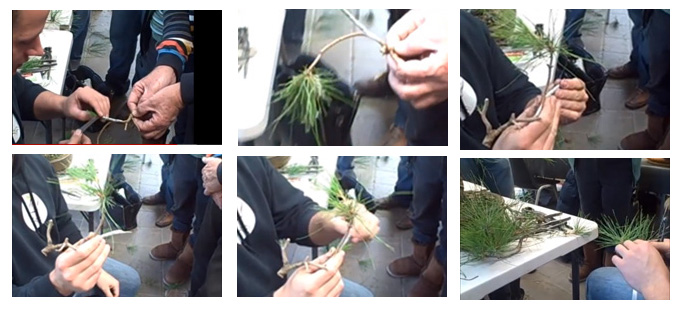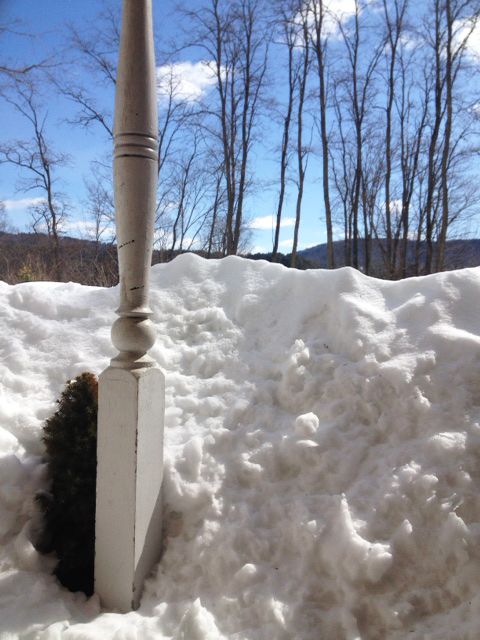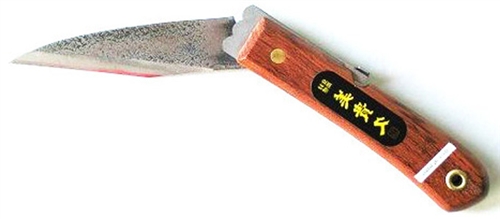 A few stills captured from Capital Bonsai’s video on grafting that features Ryan Neil.
A few stills captured from Capital Bonsai’s video on grafting that features Ryan Neil.
I just got home from a short vacation only to be greeted by a three foot wall of ice blocking my front porch (photo below). Weather and a serious roof design flaw conspiring in an effort to ruin my homecoming. Fortunately, Corey and Ric kept the office and warehouse doors clear, so here I am, jet lagged, cold, happy to be home (strange I know) and ready to go to work. But only ready enough to take the easy archival way out. This post originally appeared November 2012 and it’s one that might have a real effect on what you do with your bonsai and when you do it. So… just in case you missed it.
Capital Bonsai (the National Bonsai and Penjing Museum‘s excellent blog) is at it again. This time it’s an outstanding video on grafting featuring Ryan Neil of International Bonsai Mirai.
Fall versus spring grafting. Here’s what Ryan has to say about fall versus spring grafting (loosely paraphrased): Grafting in the fall is more successful than in the spring if you can provide winter protection from freezing. If you graft in spring you have to protect from sun and wind. In the fall you have to protect from freezing.
 This compelling photo of suiseki at the National Bonsai & Penjing Museum is from Capital Bonsai.
This compelling photo of suiseki at the National Bonsai & Penjing Museum is from Capital Bonsai.
 Here’s an opportunity to do something that will have a long-lasting positive effect on our world.
Here’s an opportunity to do something that will have a long-lasting positive effect on our world.
 Here’s that wall of ice (mentioned above). The photo was taken just now with my iPhone. It’s noon March 24th, the fourth day of spring. My thermometer says 10 F.
Here’s that wall of ice (mentioned above). The photo was taken just now with my iPhone. It’s noon March 24th, the fourth day of spring. My thermometer says 10 F.
 While we’re on the topic… I guess we’d be remiss if we failed to tell you about our selection of grafting knives.
While we’re on the topic… I guess we’d be remiss if we failed to tell you about our selection of grafting knives.
I hope you don’t mind answering a non-related question. I am very new but very interested. I have a ficus that has been doing well but lately some of the leaves are turning yellow and droping. What am I doing wrong?
Hi Chuck,
It depends on what percentage of leave are yellowing. If it’s very low (say 10%) it’s mostly likely a sign of minor stress caused by minor changes like lower light or a little too cold or small watering problems (staying dry too long one or two times or not drying down enough between watering. Or….?
If it’s a high percentage of leaves, then it could still be one of the same problems only a little more severe.
One mistake people often make is to panic and over-water mildly stressed trees. By over watering I mean watering too often (not letting the soil get almost dry between watering). Don’t do this! It’s a recipe for disaster.
The good news is yellow leaves usually serve as an early sign that some small changes might need to be made. They are almost never that serious (unless it’s very copious). Not nearly as bad as brown or black leaves.
I hope this helps.